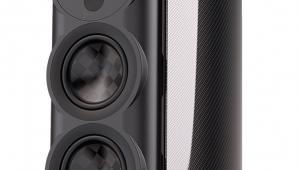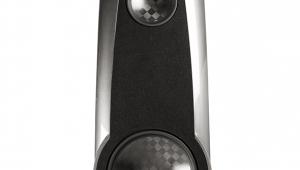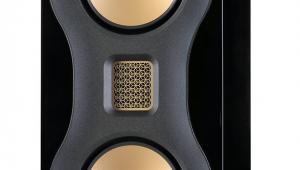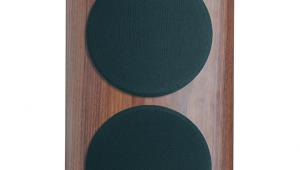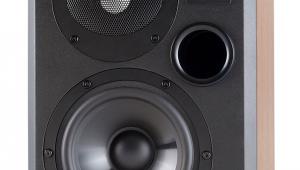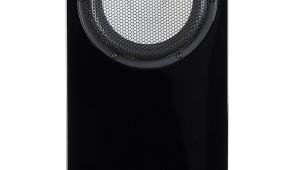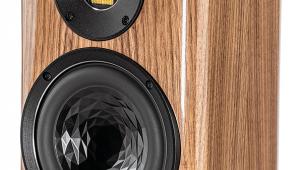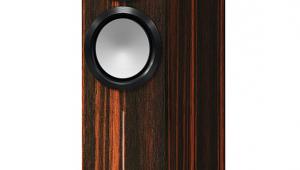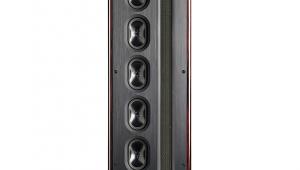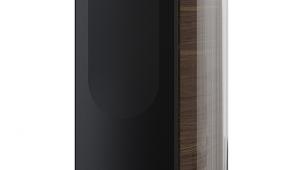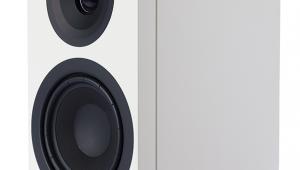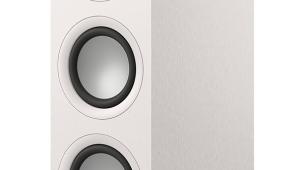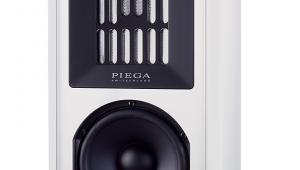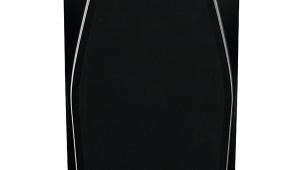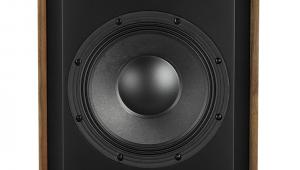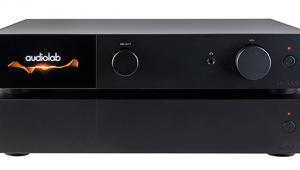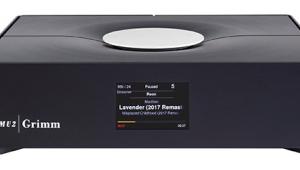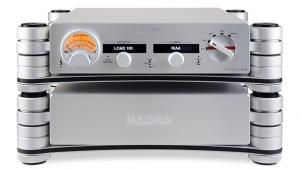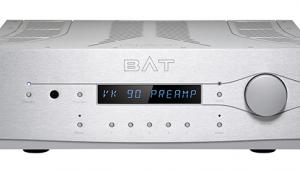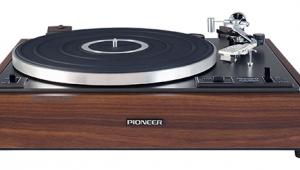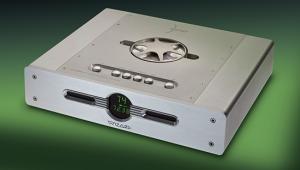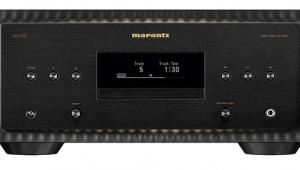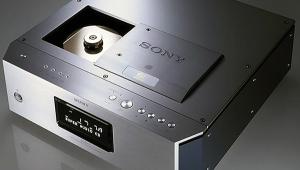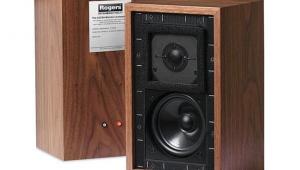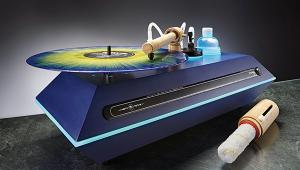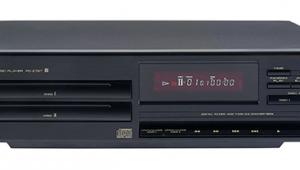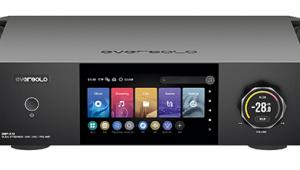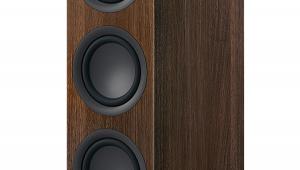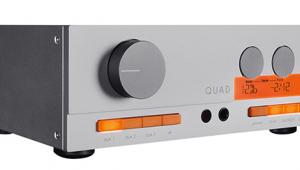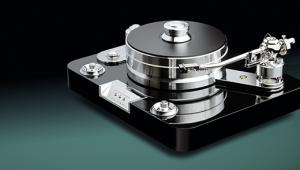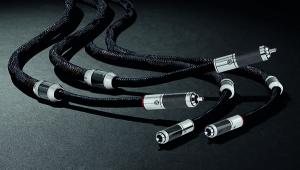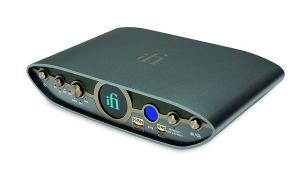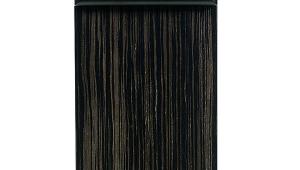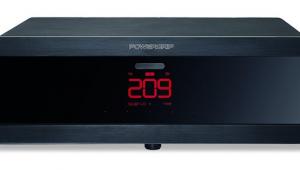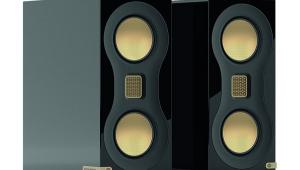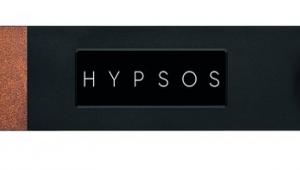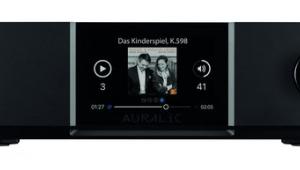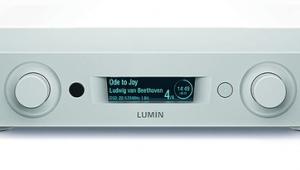SVS SB17-Ultra R|Evolution active subwoofer
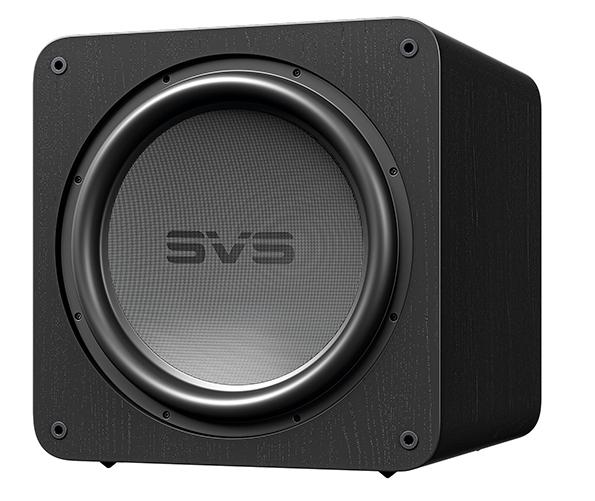
 Offered in sealed (SB) and ported (PB) variants, SVS’s new Ultra subs claim refinements to driver, amplifier, power supply and DSP, and include a new auto EQ room correction
Offered in sealed (SB) and ported (PB) variants, SVS’s new Ultra subs claim refinements to driver, amplifier, power supply and DSP, and include a new auto EQ room correction
Although SVS sells a variety of loudspeakers, from its desktop-friendly Prime Wireless Pro powered monitors to the recently launched Ultra Evolution series [HFN Jul '24], it's best known as a subwoofer manufacturer. This is, after all, how the Youngstown, Ohio-based company first got started in 1998, and in the intervening years it's evolved a catalogue of subwoofers that's now crowned by the new 17-Ultra R|Evolution models.
SVS claims to be the 'top subwoofer brand in the world', but how has it achieved such a lofty status? Firstly, by offering plenty of choice. All its subwoofers, except the in-wall and 'Micro' models of its mid-level 3000 series, are available in either sealed or ported cabinets. Ease of use is a factor, too. Since 2016, each new SVS subwoofer range has been compatible with a custom-designed smartphone/tablet app for control and setup [see boxout]. And then there's the pricing. The new SB17-Ultra R|Evolution seen here might be the company's flagship sealed subwoofer, but at £3250 it's an indication of the company's goal of appealing to 'audio fans… with all budgets'.
Seismic shift
This new model, and its ported sibling, the PB17-Ultra R|Evolution (£3750), take the place of SVS's end-of-line 16-Ultras. Those subwoofers, EISA Award-winners in 2016, feature a 16in/405mm bass driver, so you can likely guess that one upgrade of the 17-Ultra R|Evolution subs is a newly designed 17in/430mm driver. Facing front, it comprises a glass fibre composite cone, a very serious-looking 'extreme-excursion catenary SBR rubber surround', and a 25kg ferrite magnet. Despite the increase in size, though, the SB17-Ultra is basically no bigger than the older SB16-Ultra, although the 495x507x537 (hwd) dimensions mean some thought is required when it comes to installation.
SVS's essentially cube-shaped cabinet is finished in a black ash veneer or high-gloss black, the former more suited to a home cinema room where light reflections must be kept to a minimum. For the cabinet, SVS has opted for 25mm MDF, but the baffle is twice as thick to provide, in the words of director of product management, Smith Freeman, 'an inert and non-resonant launch surface'. The sub weighs in at a hefty 56.2kg and is supported by four screw-in elastomer feet.
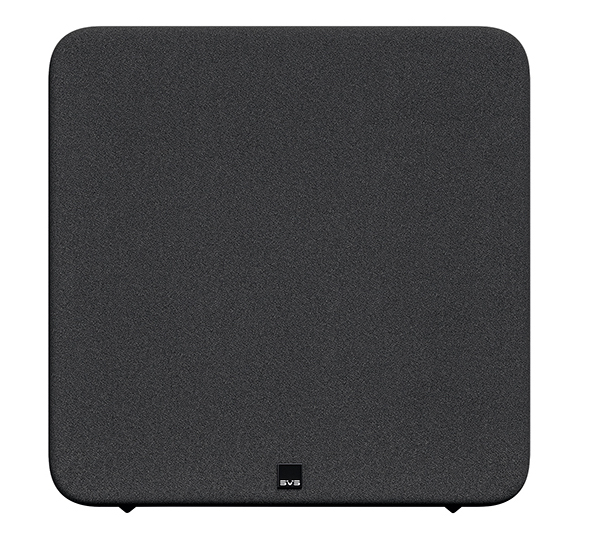
On the SB16-Ultra there was an LCD control panel, cut into the join between baffle and top, that replicated many of the settings of SVS's Bluetooth app. This has been replaced by a smaller OLED display around the back that is only used for setting level, crossover, and phase.
The result is a cleaner look for the subwoofer and no real loss to the overall user experience, considering the app is much more convenient. Also, unlike the older 16-Ultra models, there's no IR remote control supplied.
Wired or wireless
Below the OLED panel are the connections: stereo inputs and outputs on RCAs (one of the inputs acting as the LFE connection for a home theatre processor) and balanced XLRs. There are no speaker-level inputs, although the company does sell a 'Level Adapter' (£89) with speaker-level inputs and line-level outputs in its range of SoundPath accessories.
As for those who dislike cabling, the SB17-Ultra R|Evolution is compatible with SVS's SoundPath Wireless Adapter (£129), which uses transmitter and receiver units to send a low-latency signal (rated at 14ms) over the 2.4GHz frequency band.
In addition to the new driver, the SB17-Ultra R|Evolution features a new, dual voice-coil arrangement with bifilar aluminium copper clad windings around an 8in/200mm diameter former. Each coil is independently driven from a Class D amplifier stage claiming a 2.8kW output – another new design. Processing power has also been boosted ('over 5x', says SVS) by the implementation of a 295MHz Analog Devices DSP engine. This handles audio processing and signal conversion; power management and thermal monitoring; and ensures 'precisely regulated clean voltage is delivered to and from' the sub's active power factor corrected (PFC) switch-mode power supply.
Setup can take time, as experimentation with positioning is recommended, as is fine-tuning of the level and low-pass filter to dovetail with the main speakers. For this review, with the sub mainly supplementing Canton's Reference 3 floorstanders, we installed it on the same plane as the speakers, eschewing any boundary boost from a corner position. The LPF was set at 80Hz, with a 12dB slope, and the app's 'room gain compensation' tool switched off. Level tuning was by ear, making use of the app's easy control for occasional tweaks depending on content.
![]()
Bass with grace
In times of yore, a subwoofer with such a large driver and powerful amplifier would be expected to sound untamed and boisterous. The SB17-Ultra R|Evolution, while capable of astonishing, stomach-churning lows, isn't exaggerated in the way it throws its weight around. It will tread lightly when required, and there's obvious control over that 430mm woofer. Its impact on system performance varied from track to track – sometimes offering a slight-but-noticeable feeling of extra bass solidity, other times adding an almost physical dimension to the listening experience.
The reggae-influenced bassline on 'Long Way Down', from producer Bass Mekanik [King Of Bass; Bass Mekanik Records download], gives any hi-fi set-up a stern test. SVS's sub responded to the continuous low notes with a deep-reaching performance that bolstered the output of the Canton floorstanders without sounding incongruous. And a dip into the drum 'n' bass of Grooverider's 'Where's Jack The Ripper?' [Mysteries Of Funk; Higher Ground HIGH6CD] only confirmed the SB17-Ultra R|Evolution's ability to slam hard into infra-bass effects.

You don't need to seek out esoteric electronica to appreciate this sub's impact, however. Given Daisy Gray's cover of Chris Isaak's 'Wicked Game' [Qobuz, CD res download], it crafted a rounder, grander feel to the bass line beneath her breathy vocals and piano accompaniment, plus the feeling of a wider overall dynamic range. Furthermore, on music such as Christy Moore's 'How Long' [This Is The Day; Columbia/Sony 503255.2], where the folk singer/guitarist is accompanied by very gentle bass, the SB17-Ultra's presence was approaching the imperceptible… until you switched it off. Then the performance lost a little of its scale, and Moore's voice sounded a little less prominent.
Epic impact
I again noted this effect – of a more involving, richer-sounding midrange – with Mudcrutch's 'Scare Easy' [Mudcrutch; Reprise Records 455868-2]. SVS's sub added not only a shade more weight to the country-rock rhythms of this Tom Petty-led band, but the richer foundation appeared to strengthen the impact of the vocal and guitar lines above.
This is entirely subjective, of course, and just what my ears told me. It's also the element of the sub's performance that most depends on careful level matching. I stayed at or below SVS's default '–10dB' setting, as a nudge up from there (which can accidentally be done if you use the slider tool on the app, rather than the ± buttons) saw the SB17-Ultra R|Evolution begin to 'dominate' the music. During Jennifer Warnes' 'Somewhere, Somebody' [The Hunter; Private Music 261974], the bass playing of Jorge Calderón, which had sounded brilliantly defined and chewy, started to bloom and swamp the other elements.
Back in more obvious 'subwoofer demo' territory were the bass gains to be had when playing 'O Daiko (Big Drum)' from Kodo's Heartbeat Drummers Of Japan [Sheffield Lab CD-KODO]. The barrage of drums on this recording had superb resonance and snap, their textures and tones being truly compelling.
Other areas where the SVS subwoofer really earns its coin are with orchestral and cinematic music. Hans Zimmer's 'Jack Sparrow Theme' from the Pirates Of The Caribbean: Dead Man's Chest soundtrack [Walt Disney Records; Qobuz CD res download] required the sub to perform mostly light-touch duties, filling out the low strings behind the main jaunty melody. But his eerie soundscapes for Blade Runner 2049 [Epic/Sony Music 19075803092] are rife with infrasonic bass notes, which sent the SB17-Ultra R|Evolution's monster driver rollicking in its heavy-duty rubber surround.
In these moments the entire listening room seemed to be energised without actually joining in. It was music with a physicality to it, and all the better for visualising the film's dramatic images of flying spinner craft and neon-lit streets. Brains and brawn from one big, affordable box? Where do I sign?
Hi-Fi News Verdict
Not for SVS a flagship model at a cost-no-object price – the SB17-Ultra R|Evolution, a ‘17-incher’ with a suite of features, is both relatively affordable and a brilliant performer. There’s guile and craft to the way it adds depth and scale to your music, it hits hard and (very) deep when required, and the setup app streamlines integration into your system. Owners of speakers big and small should book an audition.
Sound Quality: 86%
